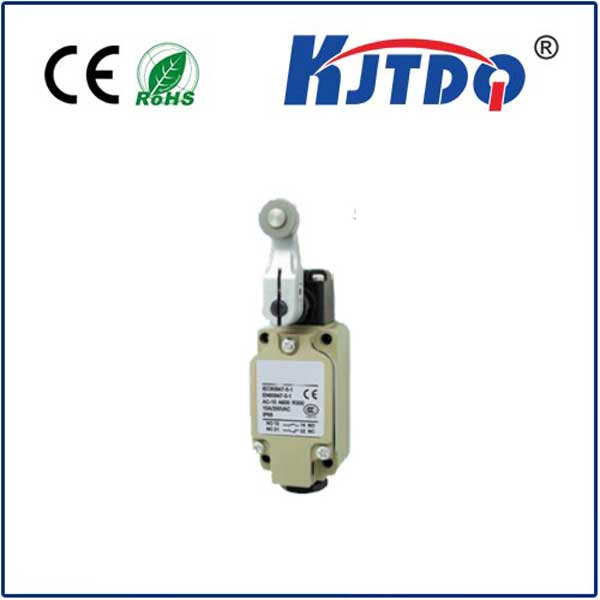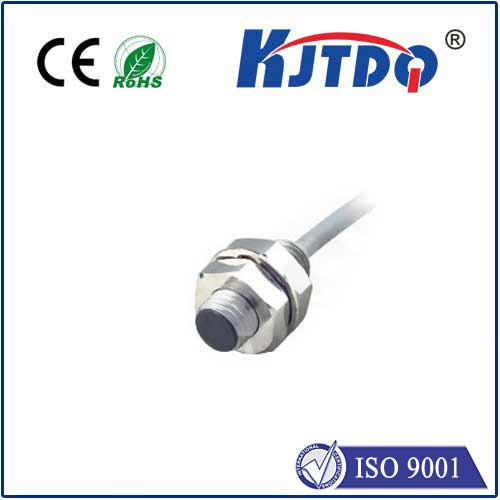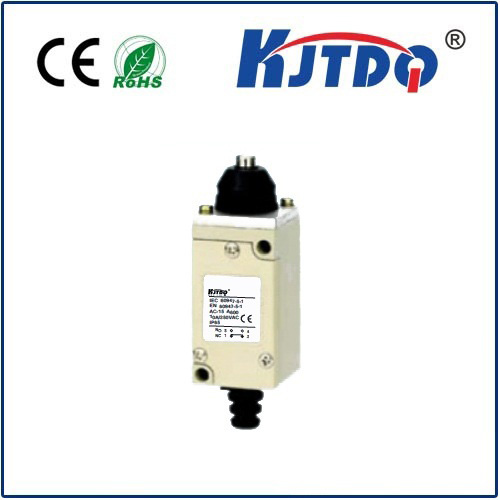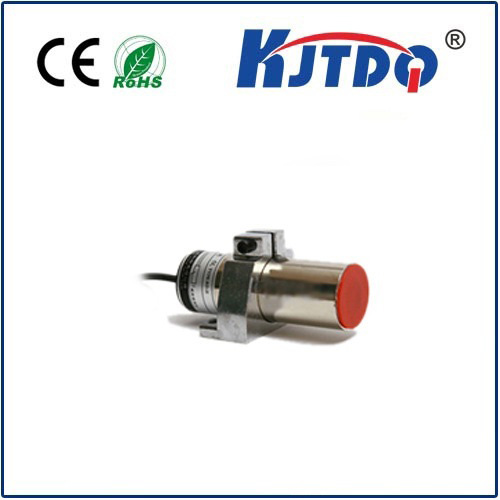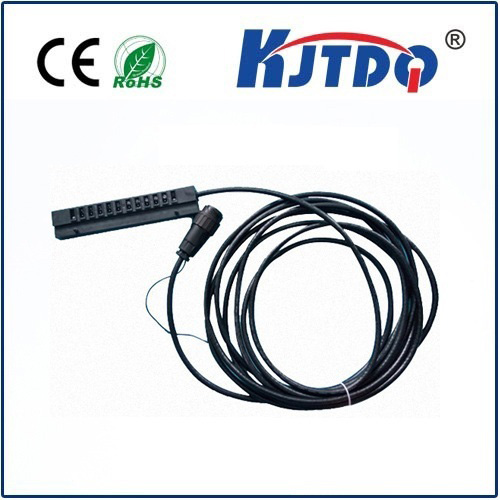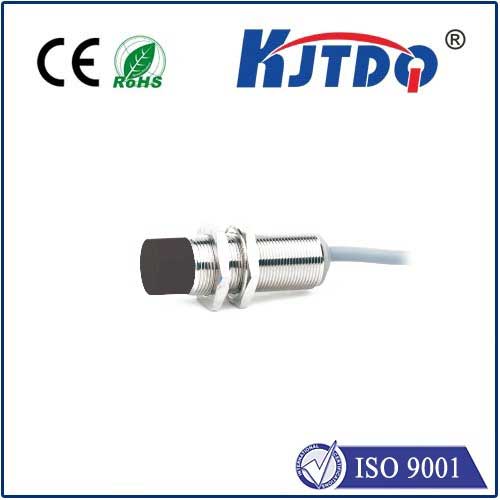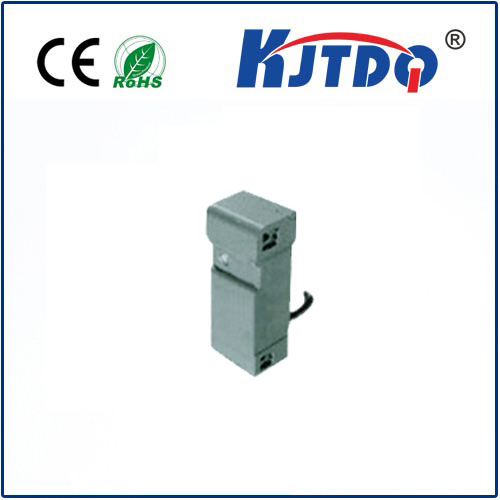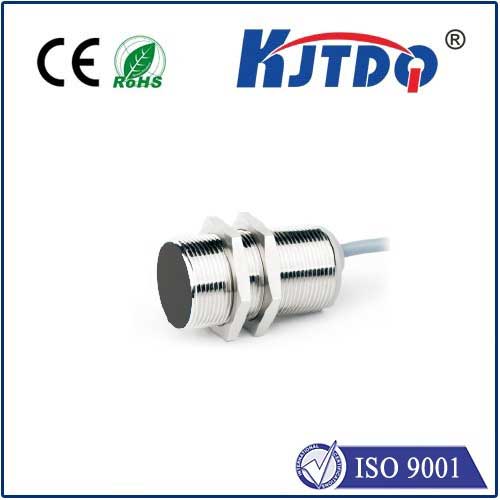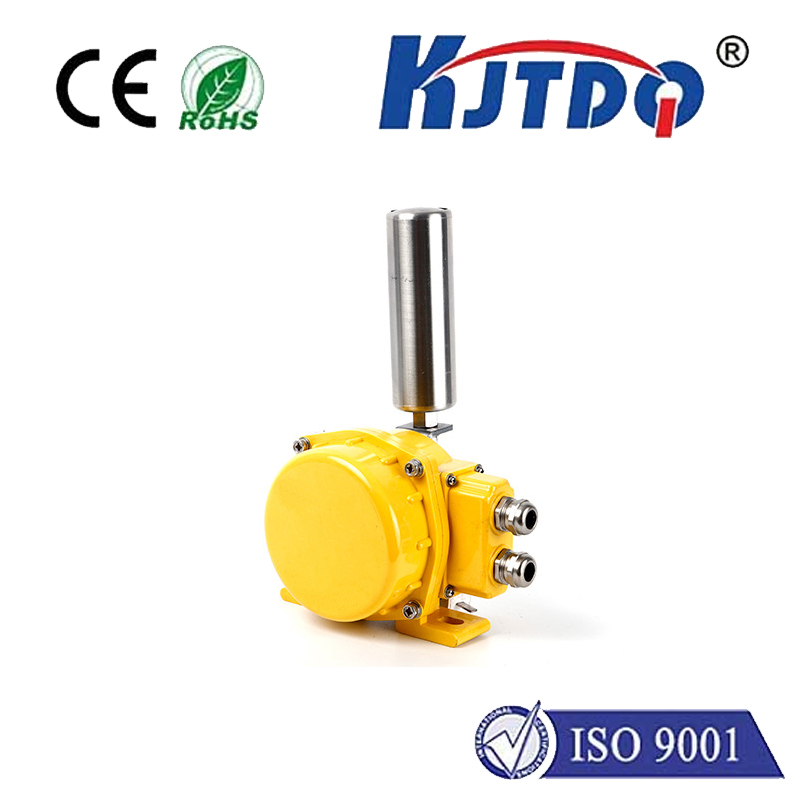
check

check

check

check
Introduction:
In today's world, technology plays a crucial role in shaping our lives. From smartphones to smart homes, we rely heavily on gadgets that make our tasks easier and more efficient. Among these devices, the proximity sensor is one that has garnered significant attention due to its numerous benefits and applications. In this article, we will delve into the ideal proximity sensor and explore its impact on various industries.
Body:
I. How the Ideal Proximity Sensor Works
A. Overview of the Proximity Sensor
B. Functioning Principles of the Proximity Sensor
C. Types of Proximity Sensors and their Applications
D. Advantages and Disadvantages of Proximity Sensors
E. Integration with Other Devices
II. Applications of Proximity Sensors in Various Industries
A. Industrial Automation and Control Systems
1. Proximity sensors used in factory equipment monitoring
2. Detecting obstacles and preventing collisions in manufacturing processes
B. Automotive Industry
1. Monitoring vehicle speed and location using proximity sensors
2. Improving fuel efficiency and reducing emissions by detecting when a driver is distracted
C. Healthcare Industry
1. Tracking patients' movement and monitoring vital signs using proximity sensors
2. Providing real-time updates to doctors and caregivers in case of emergencies
D. Security and Surveillance Systems
1. Using proximity sensors for access control and authentication purposes
2. Enhancing public safety by detecting potential threats in public spaces
E. Smart Home Automation
1. Integrating proximity sensors into home appliances for convenient and energy-efficient operation
2. Improving home security by detect[ing] intruders or unauthorized entry.
III. Future Trends and Advancements in Proximity Sensor Technology
A. Integration with Artificial Intelligence (AI) for improved accuracy and decision making
B. Development of smaller and more affordable proximity sensors for mass production and adoption
C. Integration with other IoT devices for seamless connectivity and data sharing across different platforms
D. Exploration of new materials and design concepts for improved performance and durability of proximity sensors
E. Potential application of proximity sensors in environmental monitoring and climate change research.
